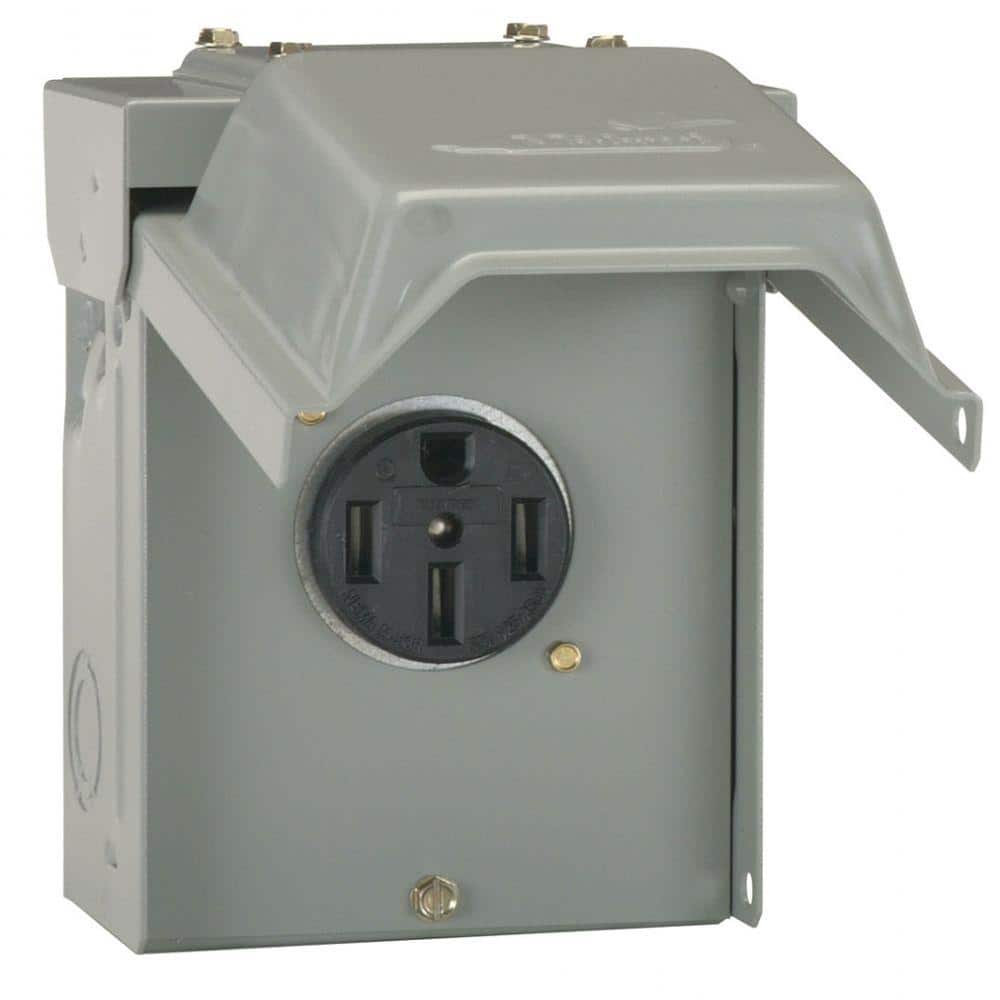ESolar
Senior Member
- Location
- Eureka, CA Humboldt County
- Occupation
- Electrician/Contractor
There are multiple ways to run an EV Charging receptacle(s) and I'm onthe fence as to which way to go.
1. Run 6 AWG romex from existing 70 amp subpanel using a 40 amp breaker (reduced from 60 due to demand on panel) to a 14-50R. This option is not mutually exclusive, i.e., it can be completed with one of the following. AND/OR
2. Run from 200 amp main panel 3 x 1 AWG, 1 x 6 AWG (ground) in1 1/2PVC to new 100 amp subpanel in garage. The main panel is approaximately 40 feet away. Would require trenching and hydraulic bore under 4 ft wide walkway. OR
3. Run from 200 amp main panel 3 x 6 AWG plus 1 x 10 AWG (ground) through an existing 3/4" EMT to a new 50 amp subpanel. Existing EMT terminates in attic and requires additional EMT to reach garage. Total approximately 50 feet.
Thoughts?
1. Run 6 AWG romex from existing 70 amp subpanel using a 40 amp breaker (reduced from 60 due to demand on panel) to a 14-50R. This option is not mutually exclusive, i.e., it can be completed with one of the following. AND/OR
2. Run from 200 amp main panel 3 x 1 AWG, 1 x 6 AWG (ground) in1 1/2PVC to new 100 amp subpanel in garage. The main panel is approaximately 40 feet away. Would require trenching and hydraulic bore under 4 ft wide walkway. OR
3. Run from 200 amp main panel 3 x 6 AWG plus 1 x 10 AWG (ground) through an existing 3/4" EMT to a new 50 amp subpanel. Existing EMT terminates in attic and requires additional EMT to reach garage. Total approximately 50 feet.
Thoughts?


